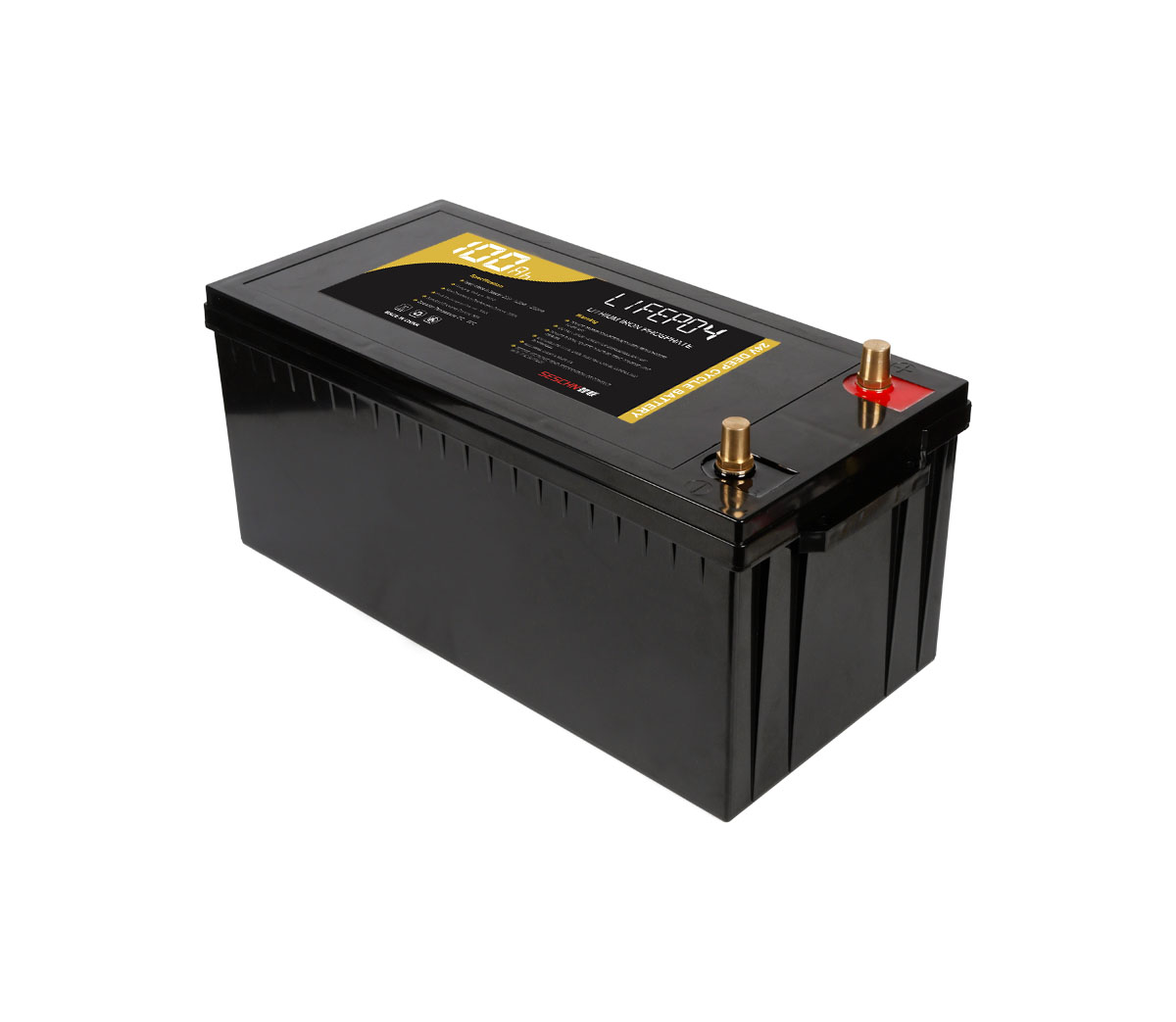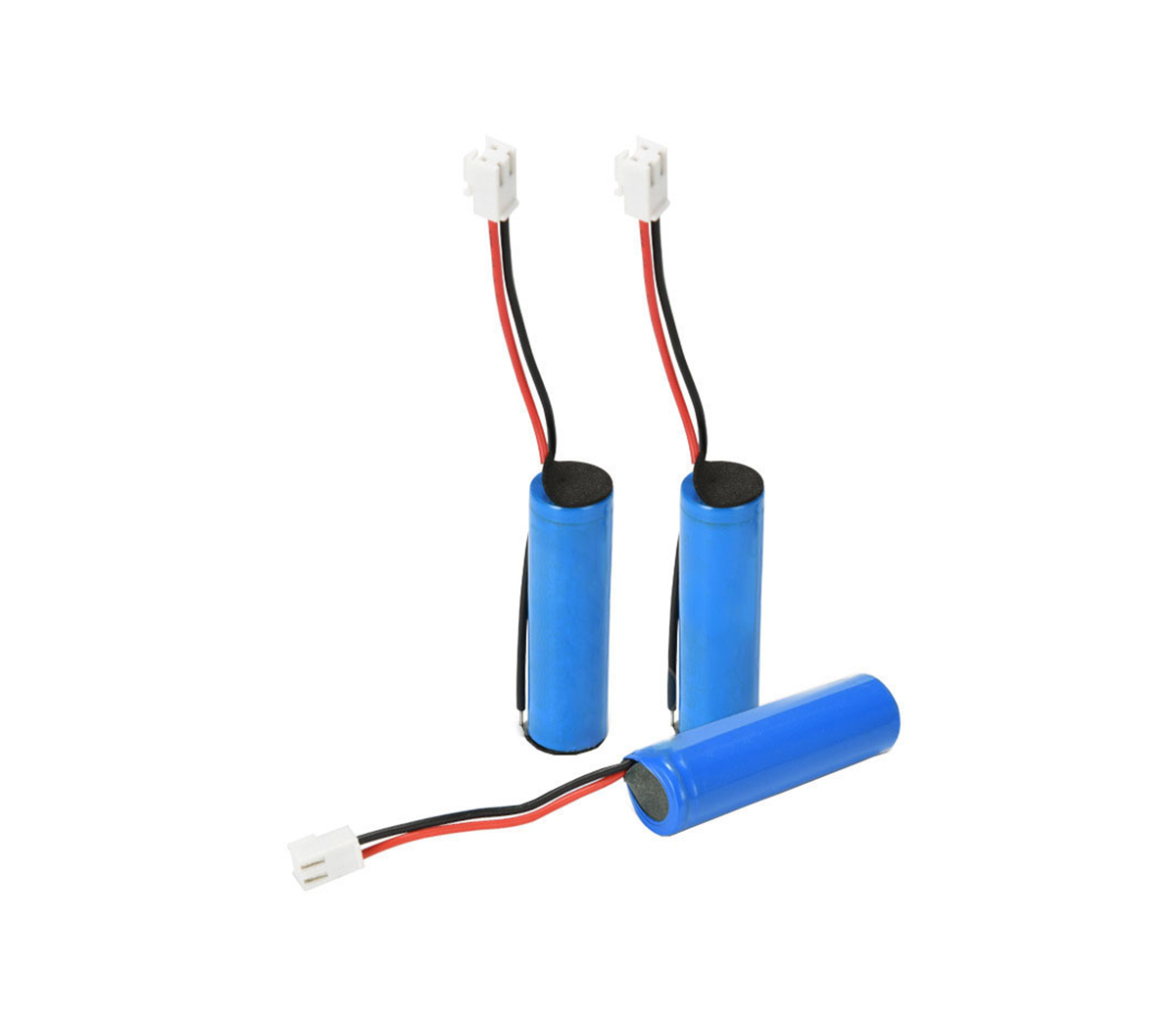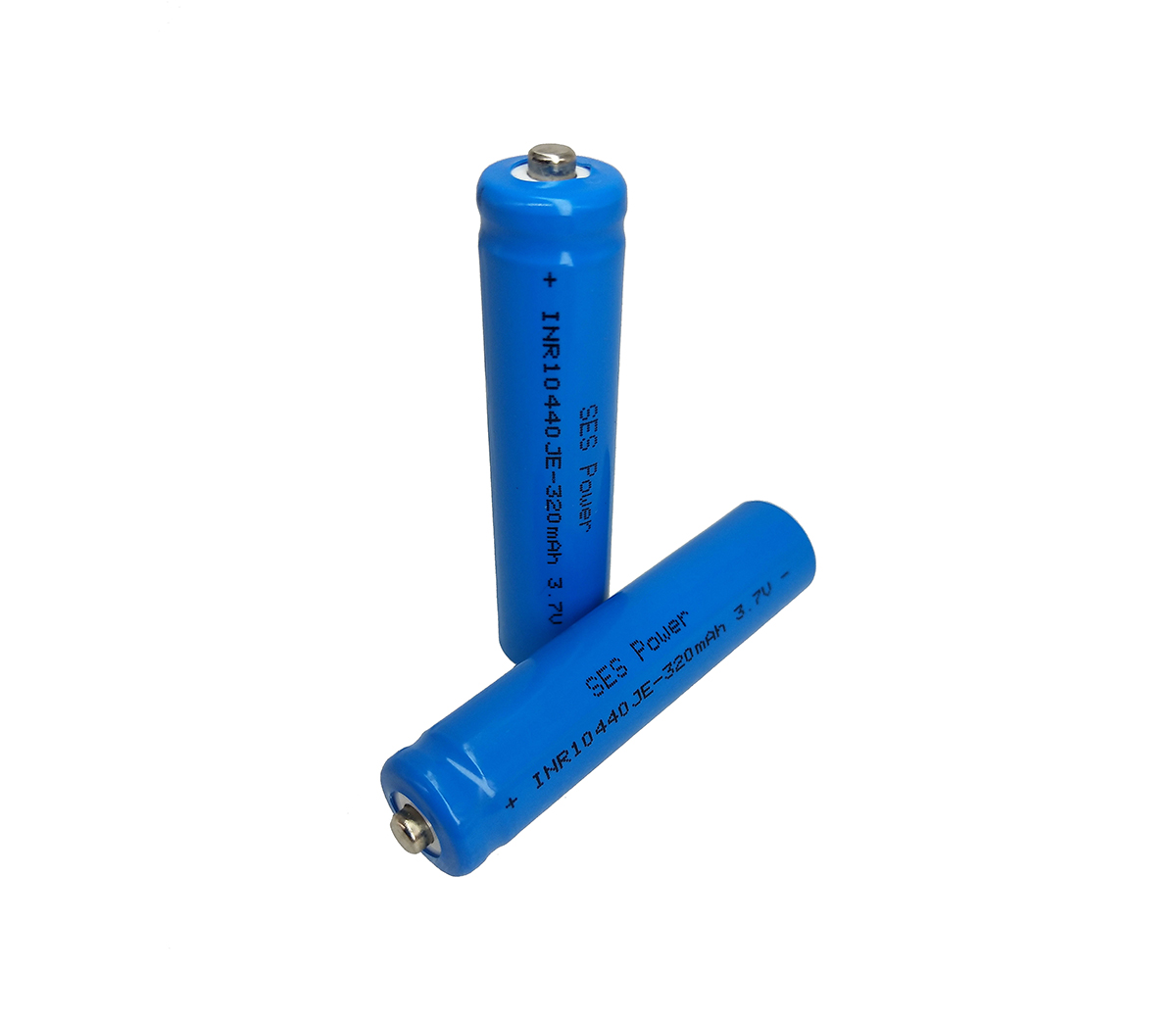Lithium-ion batteries can cause fires, how should we properly deal with the
safety of lithium-ion batteries?
Over the past two decades, lithium-ion batteries have permeated almost
every aspect of our daily lives: smartphones, consumer electronics, electric
vehicles, clean energy, energy storage systems, and more. It is no exaggeration
to say that SES Power believes that human activities are inseparable from
lithium-ion batteries.
Lithium-ion batteries are also known to be more dangerous than other
rechargeable batteries, and they pose some significant safety risks if not
handled properly. In June, Vancouver firefighters warned the public that
lithium-ion batteries had become the leading cause of all fire-related deaths in
the city.

We can't deny lithium-ion batteries because they are dangerous. What we
should do is how to properly handle the safety of lithium-ion batteries. As a
senior manufacturer with nearly 20 years of experience in the lithium-ion
battery industry, SES Power knows the importance of safety, so we mainly
manufacture SES Power products with high-safety lithium iron phosphate
batteries, such as 12V100Ah, 12V200Ah, 24V100Ah, 24V200Ah, 36V100Ah, 48V50Ah,
48V100Ah and other lead-acid replacements, wall-mounted home energy storage,
portable home energy storage, 12V30Ah, 12V50Ah, 12V60Ah start-up batteries (the
maximum peak current can reach 1500A), which can work normally in polar and cold
environments Working lithium batteries, etc.
Below, our senior engineers will explain to you about the safety of lithium
batteries, especially how to prevent lithium batteries from exploding.
A: The principle of lithium-ion battery.
Lithium-ion batteries work by storing energy in chemical form and releasing
it in the form of electrons through a series of electrochemical reactions. To
achieve this, these batteries consist of a cathode with positively charged
particles, an anode with negatively charged particles, and a liquid
electrolyte.
Lithium ions flow from the anode to the cathode in the electrolyte, and the
movement of the ions from the anode to the cathode creates an electrical current
in the battery. There is also a component in the battery called the separator,
which is a thin, porous membrane that separates the anode and cathode. During
this process, the separator allows ions to move between the anode and cathode
without allowing the anode and cathode to be physically connected to each
other.
B: Potential security risks
The characteristics of the battery as an energy storage unit make it risky
in terms of safety such as explosion if it is not properly stored.
It should be noted that a major cause of fires is the failure of the
separator separating the anode and cathode of a lithium-ion battery: if the
separator is punctured, a short circuit can occur between the anode and cathode.
Among the electrolytes, which consist of a series of organic solvents, are
flammable and eventually cause fires.
Another cause of battery explosion and fire is thermal runaway. This is a
phenomenon where high external temperatures cause an exothermic reaction inside
the battery, which in turn further increases the temperature of the battery.
This self-sustaining cycle can lead to overheating, which can stress the
battery, which could eventually lead to an explosion.
C: How to solve the safety problems such as the explosion of lithium-ion
batteries?
As lithium-ion batteries become more common, the associated safety issues
are particularly important. While batteries are largely safe in small areas,
battery-related safety incidents are only likely to increase as more batteries
enter various fields. All else being equal, this trend will continue as more
lithium-ion-based devices such as electric vehicles enter the market.
There are many paths we can take to ensure a safer future.
1. Avoid short circuit and overcharge
Almost most of the safety accidents caused by lithium batteries are caused
by short circuits: very large current and heat are generated inside the battery,
which not only causes serious damage to battery life, but also affects the use
of sealed lithium batteries. In other words, a certain pressure will be
generated inside the battery, which will lead to a sudden increase in the
internal pressure of the battery, and due to the very active chemical properties
of lithium ions, the case will eventually burst and burn.
When we overcharge (overcharge) the battery, since the negative electrode
of the lithium battery cannot insert more lithium ions, the lithium ions are
precipitated as metallic lithium on the surface of the negative electrode,
resulting in the appearance of dendrite lithium. When the dendrite lithium grows
to a certain extent, the diaphragm will be pierced, resulting in an internal
short circuit of the battery, and the isolation diaphragm will be damaged.
Therefore, when we use lithium batteries daily, we should try to avoid
short circuit or overcharge, and use a regular and qualified charger. Although
lithium batteries are almost always equipped with the corresponding BMS or PCM,
SES Power does not recommend connecting the batteries to a powered charger for a
long time.
2. Piercing is dangerous
Compared with short circuit and overcharge, it is also a very unwise
practice to pierce the lithium battery. If the lithium battery is pierced by any
hard object, the lithium ions inside it will directly react with the oxygen in
the air, and the phenomenon of violent combustion will also occur.
For lithium batteries themselves or other electronic products containing
lithium batteries, we usually see eye-catching trash can signs. If the lithium
battery is discarded at will, it will not only cause environmental pollution,
but also more prone to fire and other situations in the process of garbage
disposal.
3. Avoid high temperature or fire
In hot summer or in an environment exposed to the sun for a long time, such
as the interior of a car, the ambient temperature of the lithium battery will be
higher than its normal storage temperature. Therefore, when we use equipment
containing lithium-ion batteries, we should try to avoid using it for a long
time in an environment with excessively high temperatures. Although the lithium
battery will explode and burn for a relatively long time when it is directly
roasted, but There will still be a sudden increase in its internal pressure.



































